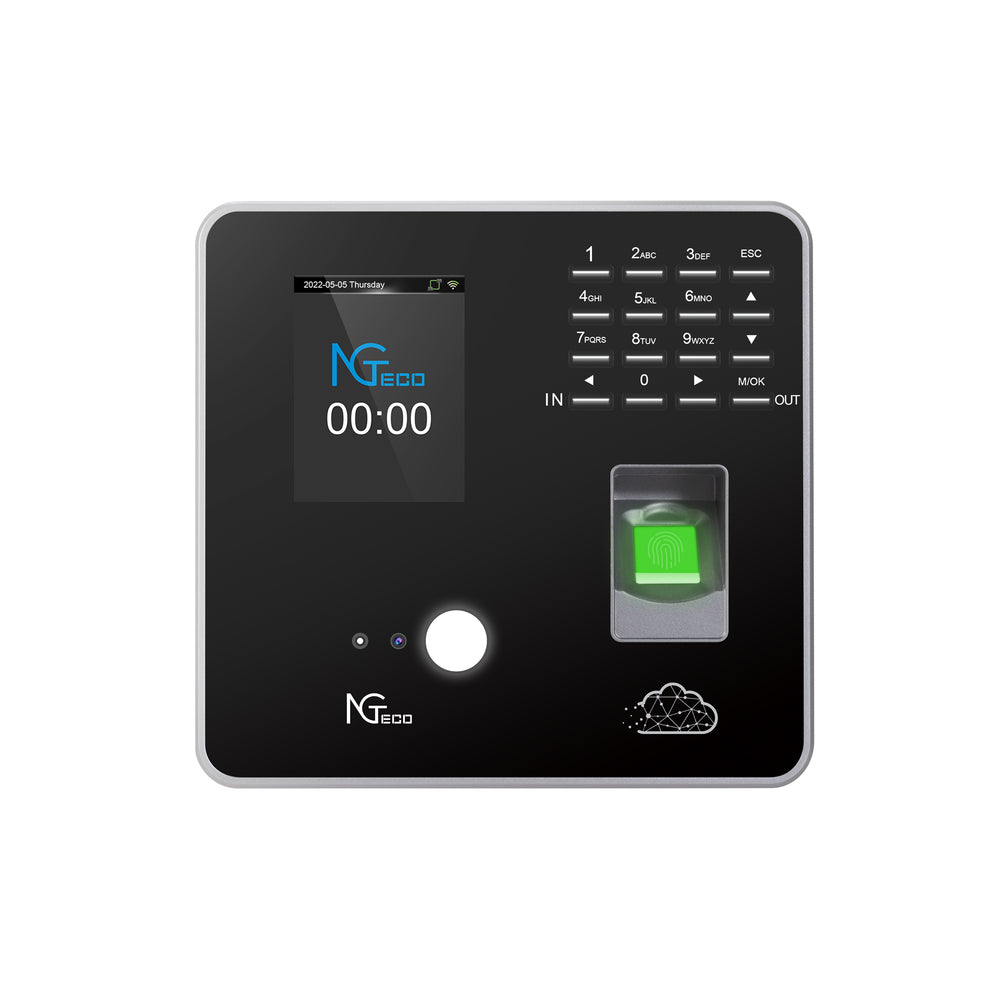Unlocking Productivity: Discover the Secret Tool Every Business Needs!
In today's fast-paced business landscape, effective time management is crucial for success. Time tracking has emerged as a fundamental practice for companies aiming to enhance productivity and optimize operational efficiency. With the right tools, businesses can gain valuable insights into employee performance, project timelines, and resource allocation. One of the most effective ways to track employee hours is through time clocks. These devices not only help in monitoring attendance but also play a significant role in ensuring accurate payroll processing, ultimately contributing to an organization's bottom line.

The benefits of using time clocks for tracking employee hours extend beyond mere attendance. By automating the time tracking process, businesses can minimize human error, streamline operations, and promote accountability among employees. Whether you're a small startup or a large corporation, investing in a reliable time clock system can transform how your business manages time and resources.
Understanding Time Clocks
Time clocks are devices designed to record the hours worked by employees. They function by allowing workers to clock in and out, providing an accurate account of their working hours. Traditionally, time clocks were mechanical devices that used punch cards. However, advancements in technology have led to various types of time clocks that cater to different business needs. Today, businesses can choose from analog, digital, and even biometric time clocks, each offering unique features and benefits.
Analog time clocks require employees to physically insert a card and punch it to record their hours. While they are simple to use, they may lack the advanced features offered by digital or biometric systems. Digital time clocks, on the other hand, record hours electronically, allowing for easier data management and integration with payroll systems. Biometric time clocks take it a step further by using unique physical characteristics, such as fingerprints or facial recognition, to ensure accurate identification and prevent buddy punching. Understanding the various types of time clocks available can help businesses make informed decisions that align with their operational requirements.
The Benefits of Using Time Clocks
The primary advantage of implementing time clocks is the significant improvement in accuracy when tracking employee hours. Manual time tracking methods, such as handwritten logs or spreadsheets, are prone to errors, leading to discrepancies in payroll and potential disputes. Time clocks eliminate this risk by providing an automated and reliable way to record hours worked, ensuring employees are paid correctly for their time.
Additionally, time clocks can greatly reduce payroll errors, which often consume valuable time for HR departments. With precise data collection, businesses can streamline their payroll processes, saving both time and resources. Moreover, accurate time tracking can help identify patterns in employee attendance, allowing management to address issues such as excessive absenteeism or overtime more effectively. This transparency fosters a culture of accountability and can motivate employees to adhere to their schedules.
Choosing the Right Time Clock for Your Business
When selecting a time clock for your business, several factors should be taken into consideration. Firstly, assess the size of your business and the number of employees that will be using the system. For smaller businesses, a simple digital clock may suffice, while larger organizations might benefit from more advanced biometric systems that can handle a higher volume of clock-ins and outs.
Another important factor is your budget. Time clocks come in a range of prices, and while it may be tempting to go for the cheapest option, consider the long-term value of investing in a system that integrates well with your existing payroll processes. Features to look for include user-friendliness, ease of installation, and the ability to generate reports that can assist in performance evaluations and project management. Ultimately, selecting the right time clock can enhance efficiency and employee satisfaction across your organization.
Implementation and Best Practices
Successfully implementing a time clock system requires careful planning and execution. Start by clearly communicating the reasons for the change to your employees. Outline how the time clock will benefit both the organization and the staff, emphasizing the accuracy and fairness it brings to payroll. Once the system is in place, provide thorough training for all employees to ensure they understand how to use the time clock effectively. This can include hands-on demonstrations and written guidelines.
Best practices also involve regularly monitoring the system's performance and addressing any technical issues that arise promptly. Encourage employees to provide feedback on their experience using the time clock, as this can highlight areas for improvement. By fostering a culture of openness and support, businesses can ensure that their time clock implementation is not only successful but also enhances overall productivity and morale.
Summary of Key Insights
In summary, the importance of time tracking in today’s business environment cannot be overstated. Time clocks serve as a vital tool for enhancing productivity, reducing payroll errors, and fostering accountability among employees. By understanding the different types of time clocks available, the benefits they offer, and the best practices for implementation, businesses can make informed decisions that align with their operational goals.
Investing in a time clock system is more than just a purchase; it's a commitment to improving workplace efficiency and employee satisfaction. As you consider your time tracking needs, take the necessary steps to evaluate your options and implement a system that works best for your business. The right time clock could be the key to unlocking greater productivity and success for your organization.








